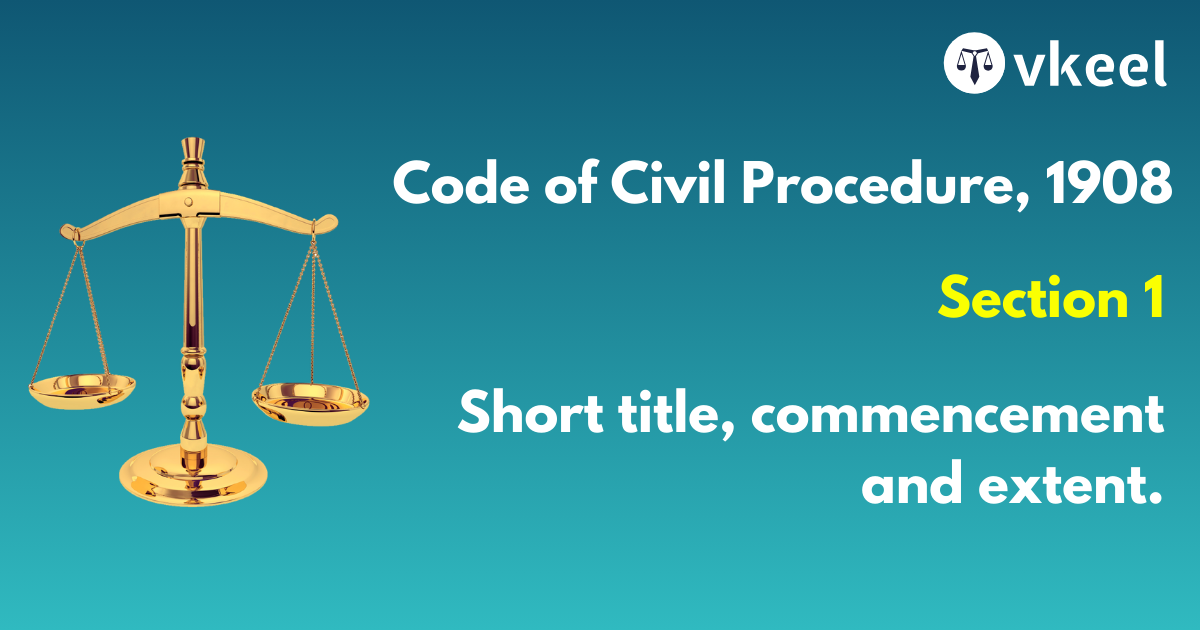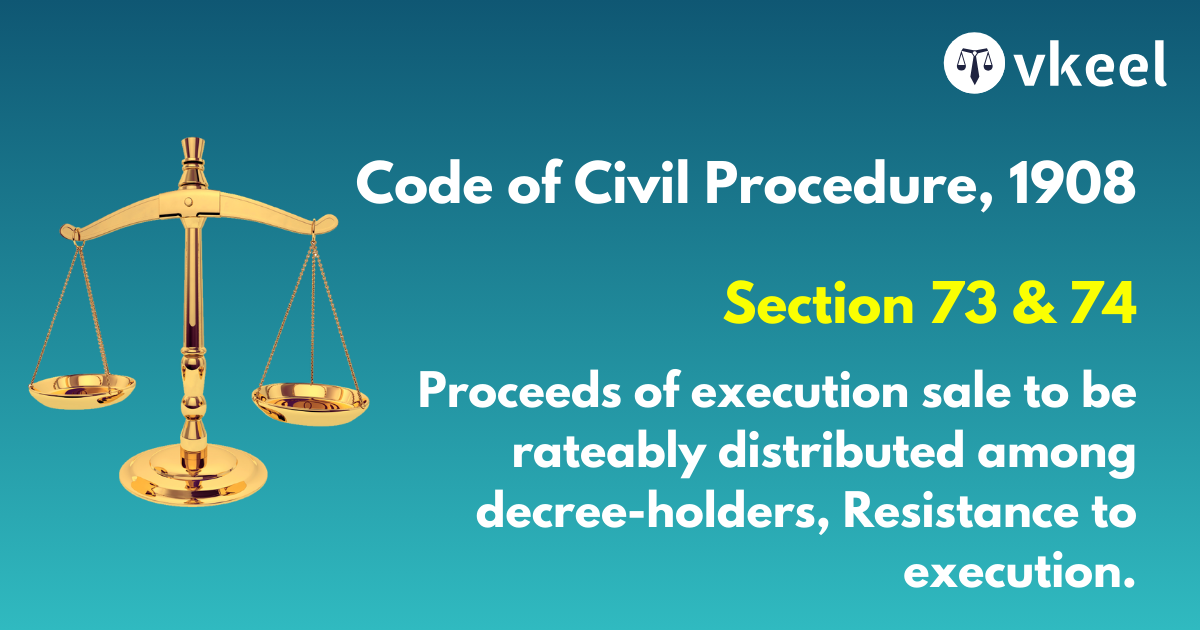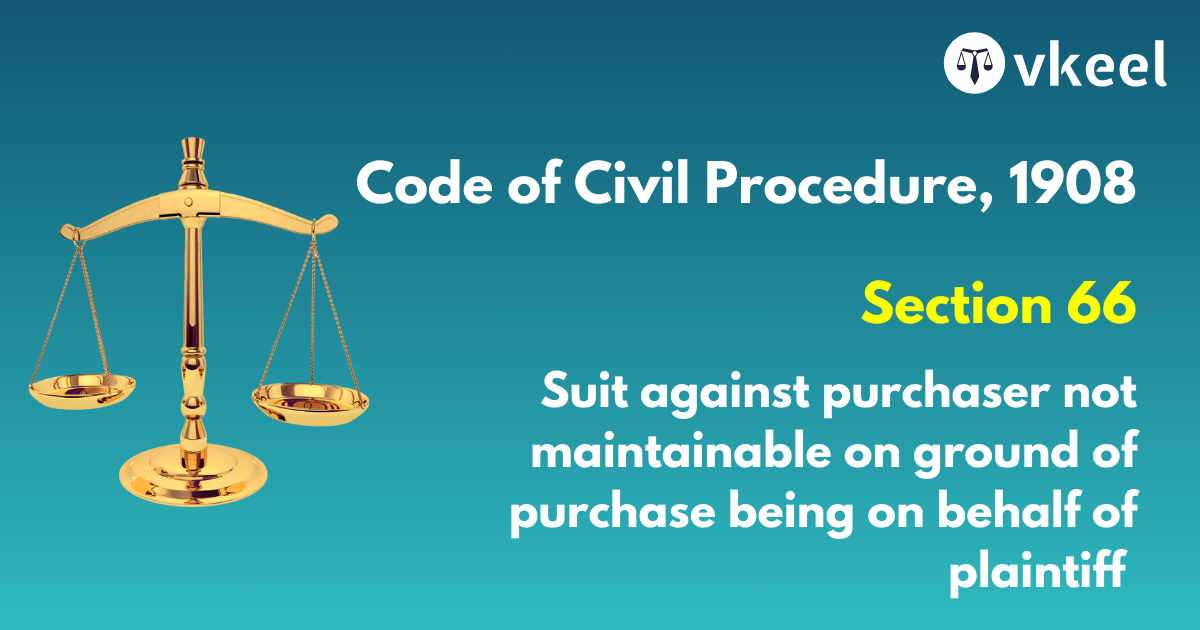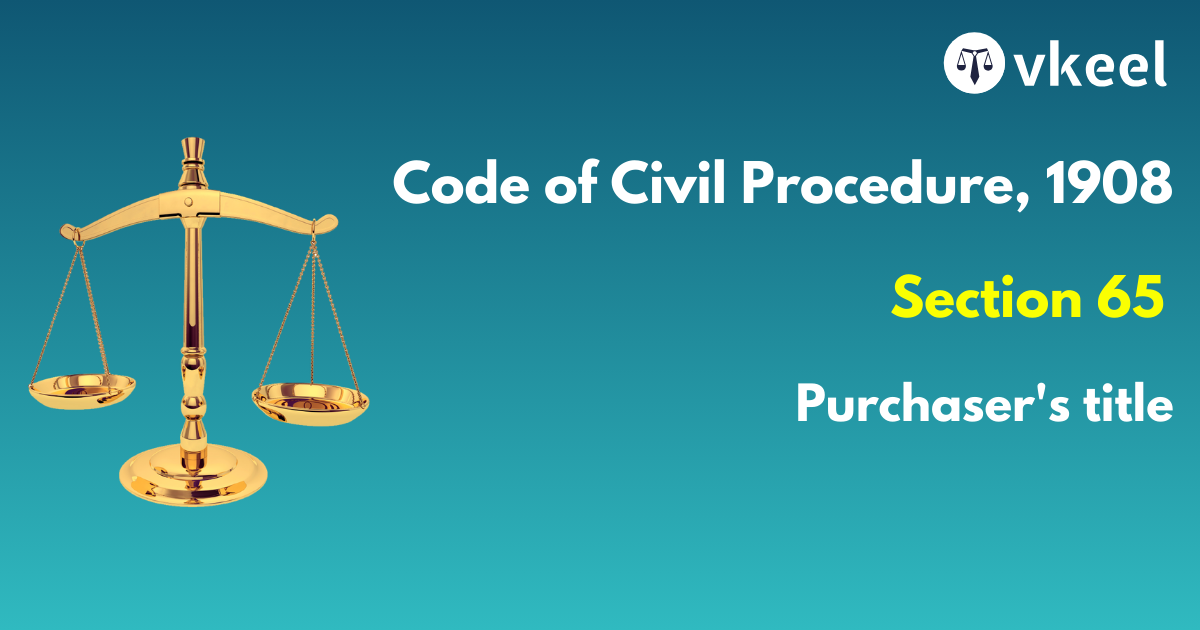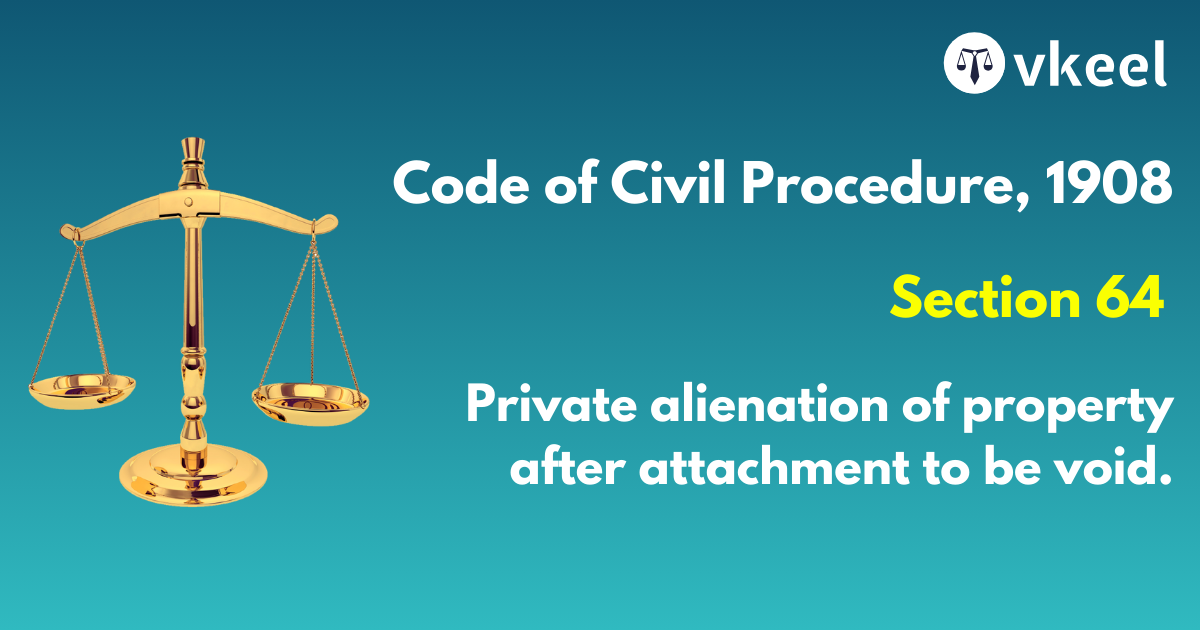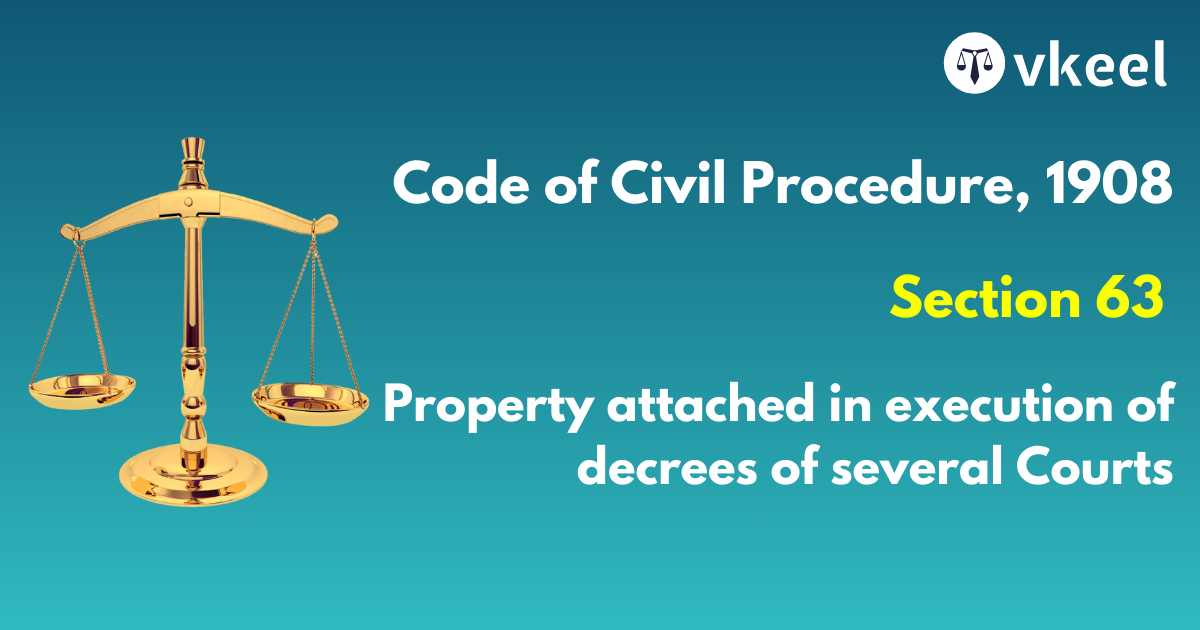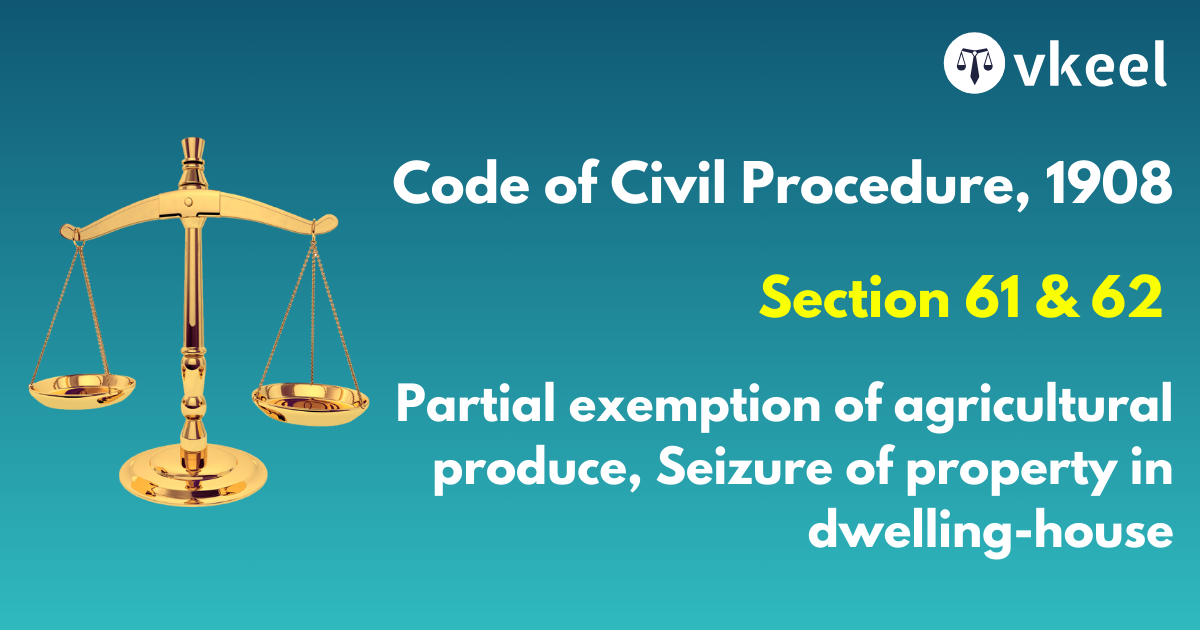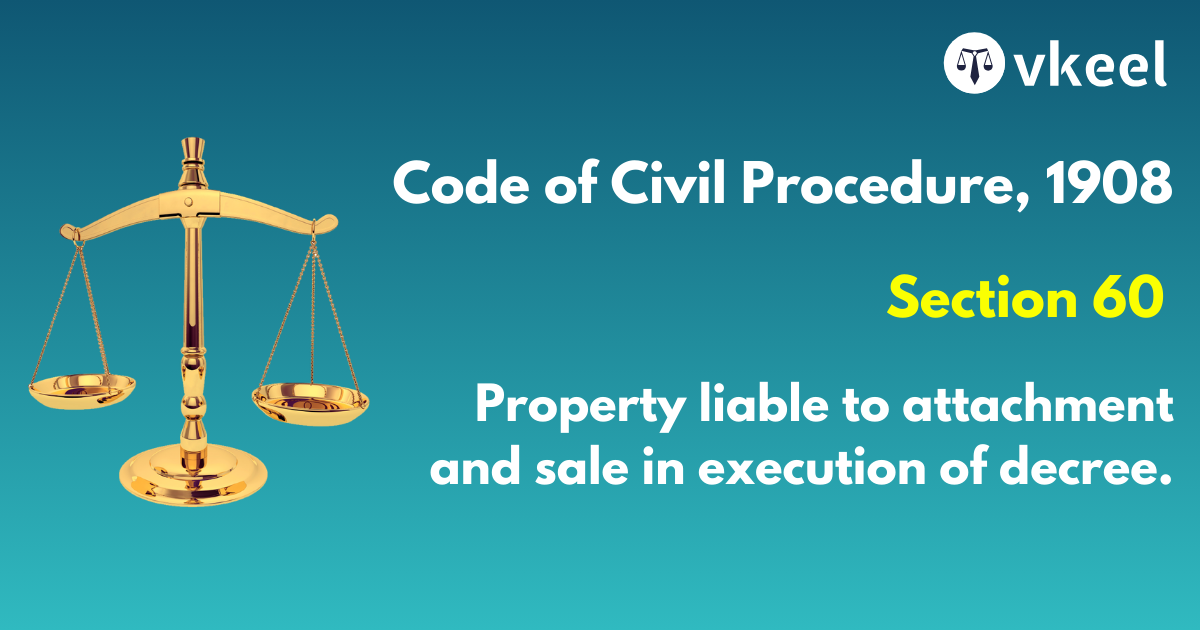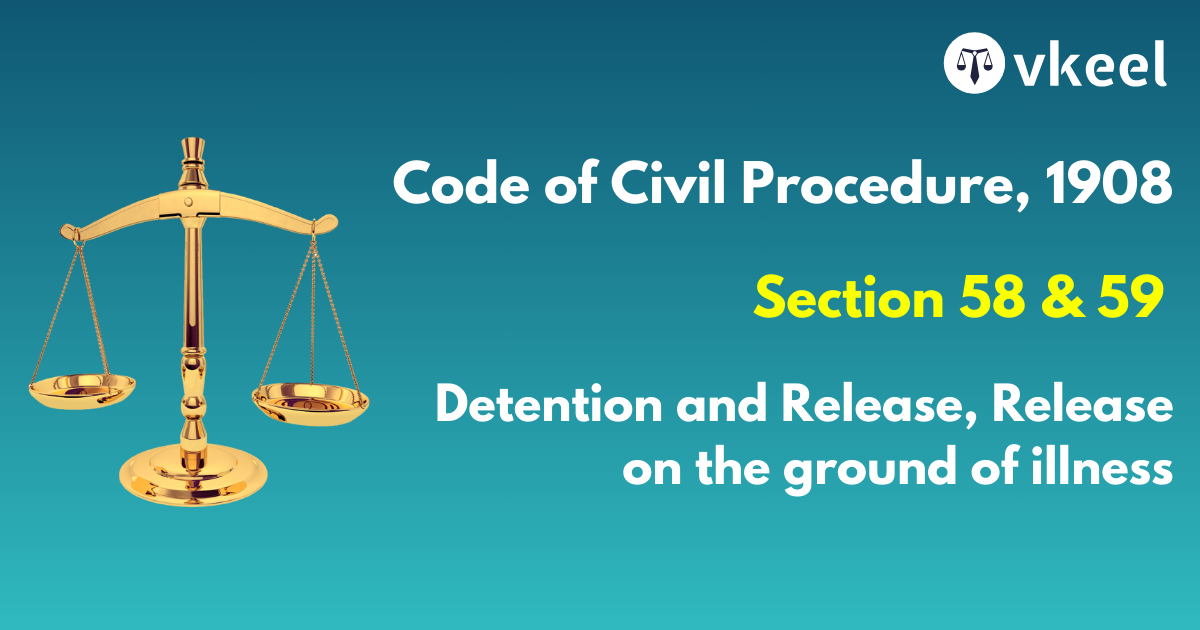Section 1 Code of Civil Procedure, 1908 – Short title, Commencement and Extent
By Joy Puri
Table of Contents
Introduction
The Code of Civil Procedure was enacted in the year 1908 which has thereafter witnessed various amendments in its body.
The Code of Civil Procedure comprises of 158 Sections and in furtherance to it, the code also possesses 51 orders. The sections in the code ordain regarding the normal attributes of the jurisdiction. Whereas, on the other hand, the rules in the order enumerates about the manner in which these sections are to be carried out.
The rules of the Code of Civil Procedure are complementary and supplementary to each other. Wherever there arises a situation arises where there exists a conflict between the rules and the sections, it is a settled law that the sections shall prevail. Section 1-8 of the Code of Civil Procedure are preliminary in nature.
Section 1 of Code of Civil Procedure
(1) This Act may be cited as the Code of Civil Procedure, 1908.
(2) Commencement and extent. It shall come into force on the first day of January, 1909.
{Subs. by Act 2 of 1951, s.2, for the former clause (3) which had been subs. by the A.O.1950.} [(3) It extends to the whole of India except-
(a) the Tribal Areas in the State of Assam;
(b) save as hereinafter provided, the Scheduled Areas in the State of Madras;
(c) the State of Jammu and Kashmir; and
(d) the State of Manipur:
Nature of Code of Civil Procedure
The Code of Civil Procedure falls within the purview of the procedural laws of the country. Procedure laws act as a guiding factor to the substantive laws of the nation.
It is the role of the procedural law in the country which helps the substantive to exist and command the country’s legal system.
The Code of Civil Procedure helps in upholding the maxim of Ubi Jus Ibi Remedium. Which if translated, describes that where there exists a right there is a remedy for the same.
The primary factor of the procedural law is to provide a framework or a machinery by which the legal rights or the legal duties may be enforced by the powers of law.
The procedural laws prevailing in the country always and always act as a retrospective until and unless there exists a valid reason to abolish the former. Albeit, the Code of Civil Procedure is not a retrospective law.
Landmark Judgements
State of Punjab Vs Shamlal Murari, 1976
The aforementioned judgement held a futuristic approach which was made by Krishna J. Iyer wherein he stated,
“We must always remember that procedural law is not to be a tyrant but a servant, not an obstruction but an aid to justice. It has been wisely observed that procedural prescriptions are the hand maid and not the mistress, a lubricant, not a resistant in the administration of justice”.
Hukum Chand Vs Kamalanand, 1906
The court in the above entailed case deciphered that the sections and the other provisions of the Code of Civil Procedure shall be construed liberally and technical objections should not be allowed to defeat the machinery of justice in the country.
Conclusion
The Code of Civil Procedure aims to develop and maintain the decorum of law and order in the country. It upholds the principles of fairness, accountability, transparency and uniformity in the country.
It further promotes the orderly conduct of proceedings and efficiency of the society.
Disclaimer:
The information provided in the article is for general informational purposes only, and is not intended to constitute legal advice or to be relied upon as a substitute for legal advice. Furthermore, any information contained in the article is not guaranteed to be current, complete or accurate. If you require legal advice or representation, you should contact an attorney or law firm directly. We are not responsible for any damages resulting from any reliance on the content of this website.

